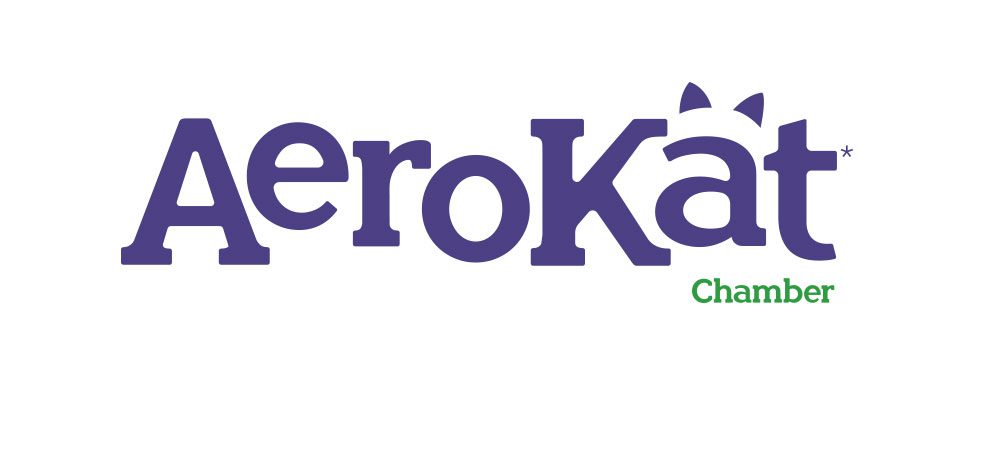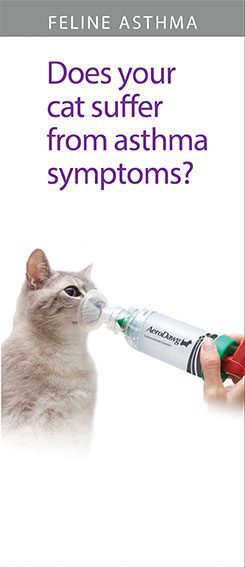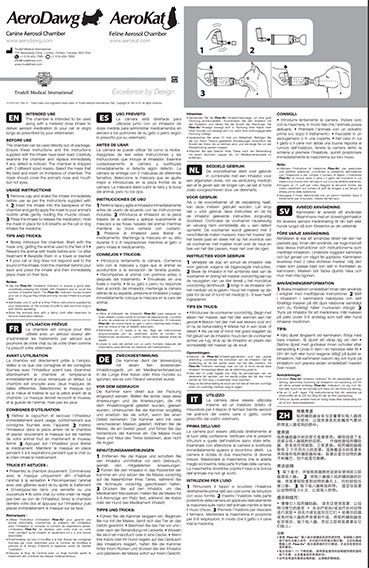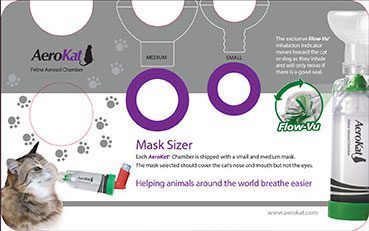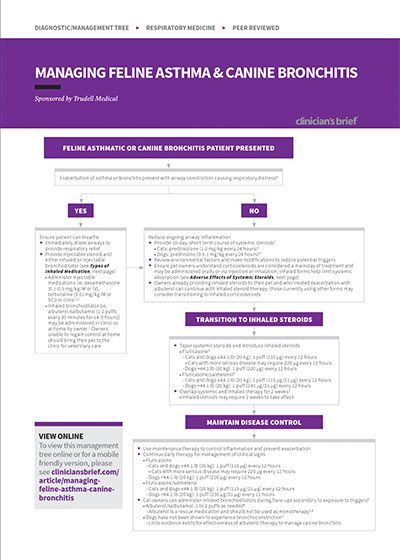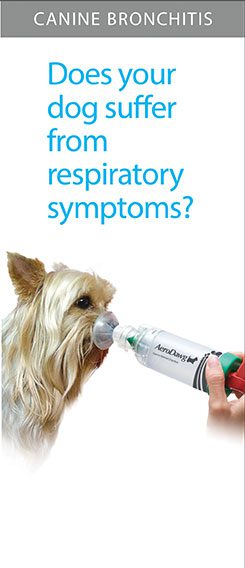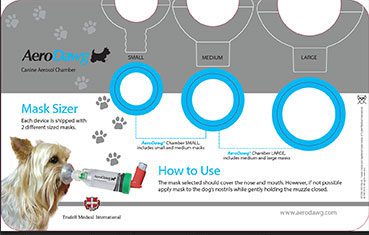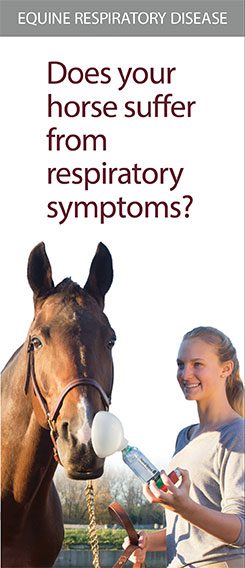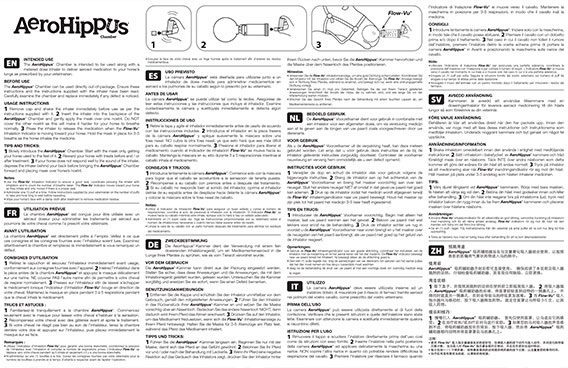AeroHub
AeroKat Videos
AeroKat Manuals & Brochures
Feline Asthma
User Manual
Size Chart
Managing Feline Asthma and Canine Bronchitis
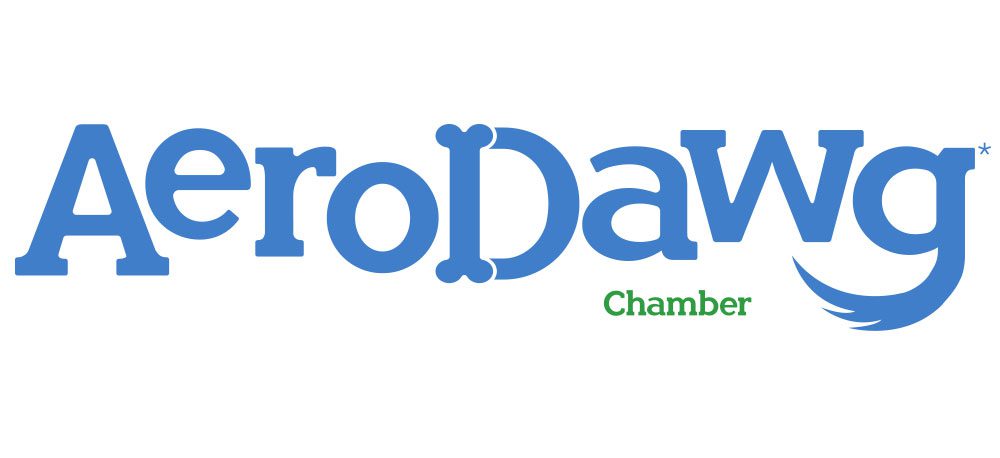
AeroDawg Videos
AeroDawg Manuals & Brochures
Canine Bronchitis
User Manual
Size Chart
Managing Feline Asthma and Canine Bronchitis

AeroHippus Videos
AeroHippus Manuals & Brochures
Equine Respiratory Disease
User Manual
FAQs
Using the Chamber
Will the chamber fit the different inhalers that I use?
Yes – the backpiece is designed to accommodate all commonly prescribed pressurised Metered Dose Inhalers including the round ones.
How long does the medication remain in the chamber?
The medication can remain in the chamber for up to 30 seconds.
My animal pulls away when I puff the inhaler. What can I do?
In the beginning, some animals may get startled by the sound of the inhaler being activated and can pull away from the mask. If the puff is startling your animal, you can puff the inhaler into the chamber before applying the mask. The chambers are designed to hold the medication longer, so you can puff it behind your back and be reassured that medication will still be available.
The Flow-Vu* Indicator is stuck, what can I do?
After cleaning, water can sometimes get trapped in the area where the indicator is stored. This can prevent the indicator from moving back and forth when the water dries. Shaking the excess water out of the chamber after cleaning may help prevent this from happening.
If the Flow-Vu* Indicator is stuck, gently tap the chamber on a table to unstick. You can also place the chamber standing up with the green back piece on a counter. Place the palm of your hand on the mask and push the mask back towards the chamber. Remove your hand abruptly and the negative pressure created by this movement will cause the indicator to move forward. Please note that your animal is still getting the medication even when the indicator is not moving since the indicator does not prevent the valve from opening and closing.

Cleaning & Care
How often should the chamber be washed?
We recommend the device be cleaned weekly. See how to clean here.
How often should the chamber be replaced?
We recommend replacing the chamber every 12 months. With daily use, medication can deposit on the valves creating a whitish film. This build-up could lead to suboptimal performance over time. To help ensure optimal drug delivery we recommended the chamber be replaced annually.
There is a whitish film on the inside of the chamber. How do I clean?
When washing the chamber, carefully use a soft cloth to gently remove this medication residue that can build up over time. Do not make contact with the inhalation valve or try to wipe it off.
Can I sterilise the chamber?
No – we have not validated cleaning via sterilisation.
Can I clean in the dishwasher?
No – we have not validated cleaning in a dishwasher.
How do I clean the inhaler (puffer)?
Please see the instructions that came with the inhaler for cleaning instructions.

General
Can my animals share a chamber?
Your animals will likely require different sized masks to ensure optimal drug delivery. In addition to unique masks, it is recommended to use a separate chamber for each of your animals to limit cross contamination.
What can I do if I my animal gets a rash?
We suggest wiping the animals face with a damp cloth after administering the medication to remove any medication residue that may have deposited on the fur around the nose.
How can I stop my animal from getting a rash?
Some medication from the inhaler may accumulate on the fur around the nose. We suggest wiping their face with a damp cloth after administering the medication to remove any medication residue.
Why should I not use a human chamber with my animal?
Chambers that are designed for humans are not optimised for aerosol drug delivery to your animal and they may not get the right dose of medication. For example, animals have different shaped faces, breathing capacity and physiology, and a reduced ability to follow direction.
Our chambers are designed for animals and hold the medication longer, so your animal has time to breathe it in and you have more time to deliver the medication. Our chambers also provide you feedback on mask fit and number of breaths inhaled so you can be confident in delivering inhaled therapy. If your animal is not getting the right amount of medication, then their respiratory condition may not be well controlled, or you may need to have the dose of medication increased which could increase annual treatment costs.
How many breaths should the animal take before the drug is gone?
We recommend 7-10 breaths for cats or dogs and 2-3 breaths for horses.
Can I spray two puffs of the drug into the chamber at one time?
No, the inhaler needs time to reset between puffs. Only administer one puff of medication at a time allowing your animal to inhale completely. If a second puff was prescribed, wait 30 seconds before administering the next dose.
How quickly will my cat or dog’s clinical signs improve?
Response to treatment is often rapid, because medication is delivered directly to the lungs and airways, right where it is needed. However, the time it takes for improvement will depend on many factors, including the nature of your pet’s condition and the particular medication that has been prescribed by your vet. You should follow veterinary advice, and always consult your vet if your pet’s signs are not improving as expected.
Where can I buy the inhaler medication?
You should only use medications that have been prescribed by your veterinary surgeon with your pet’s inhaler. These can be purchased direct from your vet, or you may request a written prescription to purchase it directly from BreathEazy.


